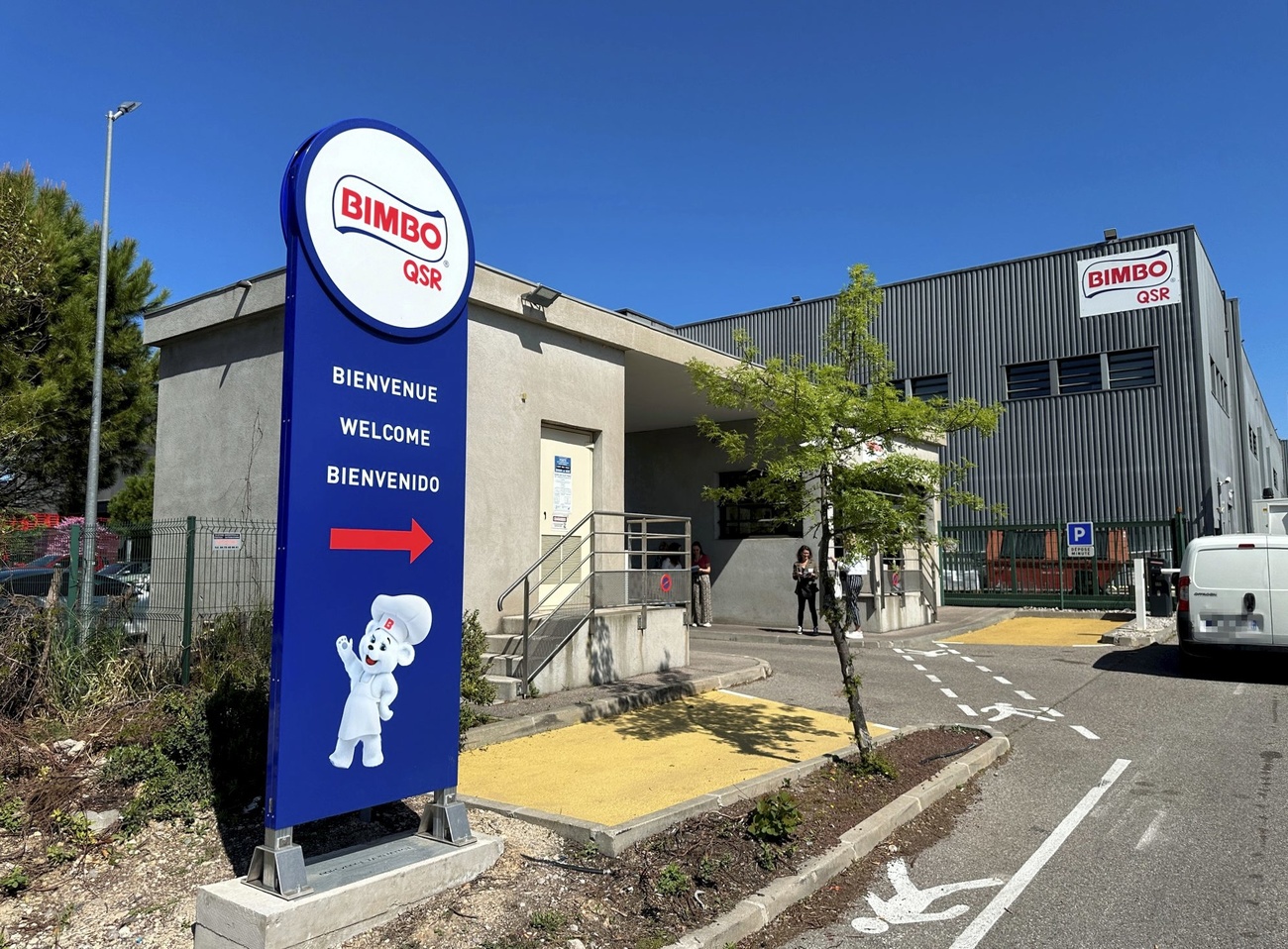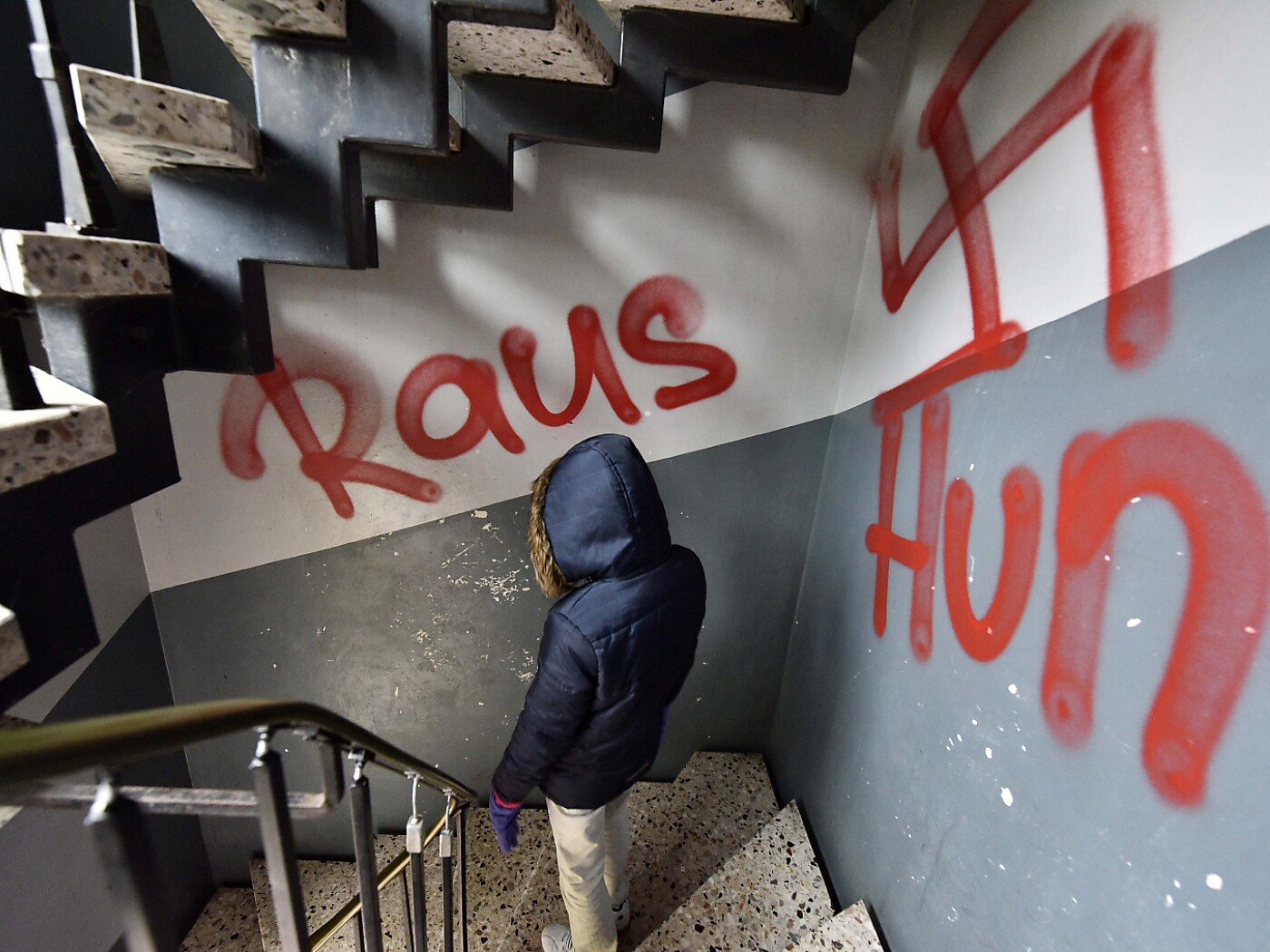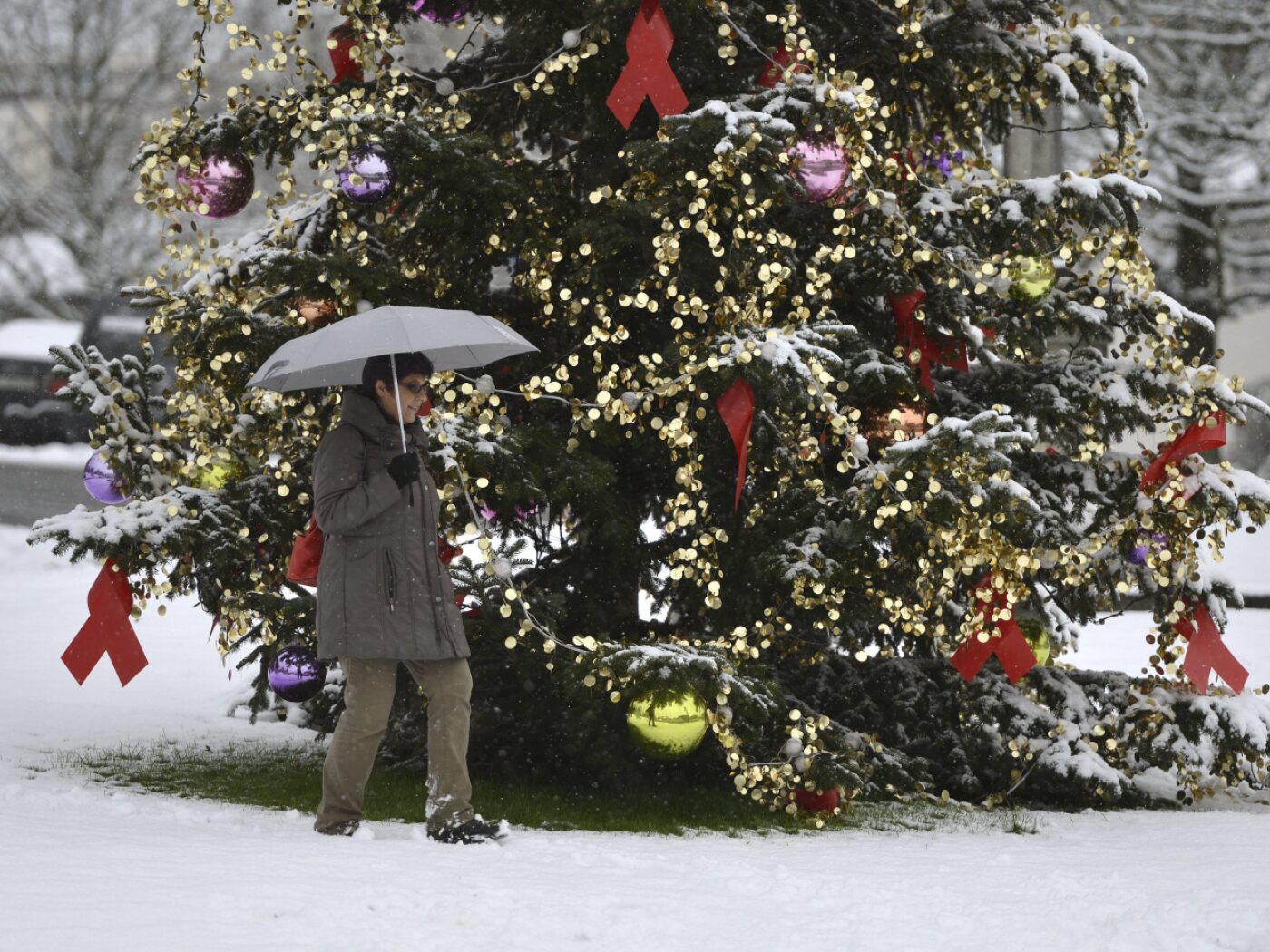The world’s steepest cable car in the Bernese Oberland is in operation
Keystone-SDA
The world’s steepest cable car, connecting the villages of Stechelberg and Mürren in the Bernese Oberland, began welcoming passengers on Saturday.
The trip up the steep cliffs of the Mürrenfluh, with a gradient of 159.4%, only takes four minutes.
The iconic aerial cable car climbs 775 metres over a track length of nearly 1,194 metres. Each of the two cable car cabins can accommodate 85 passengers. Schilthornbahn AG says the cable car can move 800 people per hour when it’s running at full capacity.
+Get the most important news from Switzerland in your inbox
Because of the steep incline, the cabins hang from eleven-metre-long arms. The cable car, supported by two towers and travelling at seven metres per second, operates automatically without any staff. Cameras and sensors ensure constant monitoring, according to reports.
More

More
Record-breaking Switzerland: from the world’s steepest railway to the largest igloo
Cable car to James Bond filming location
The cable car is part of the ‘Schilthornbahn 20XX’ project. The Schilthorn, famously known as ‘Piz Gloria’ from the 1969 James Bond film On Her Majesty’s Secret Service, will eventually be accessible all year round. However, the top section between Birg and Schilthorn has been closed since mid-October.
+World’s steepest funicular puts Stoos back on the tourist map
The project involves building a new cable car system with three sections, each featuring two cabins, running from Stechelberg to Mürren via Birg up to the Schilthorn.
This will remove the need for transfers, cutting the journey time from 32 minutes to just over 18 minutes. Schilthornbahn AG estimates the cost at CHF90 to CHF100 million ($100-112 million). The project is expected to be completed by spring 2026.
Translated from German by DeepL/sp
This news story has been written and carefully fact-checked by an external editorial team. At SWI swissinfo.ch we select the most relevant news for an international audience and use automatic translation tools such as DeepL to translate it into English. Providing you with automatically translated news gives us the time to write more in-depth articles.
If you want to know more about how we work, have a look here, if you want to learn more about how we use technology, click here, and if you have feedback on this news story please write to english@swissinfo.ch.










